Meizu 16th vs Xiaomi Poco F1 vs Asus Zenfone 5Z: Specifications, Price, Features
Karamchand Rameshwar - Dec 06, 2018

Meizu has come back to India with the Meizu 16th which is in the same price segment with Xiaomi Poco F1 and Asus Zenfone 5Z. But which phone is the best?
- Redmi Note 7 Pro Vs Poco F1: Which One Should You Go With?
- Best Dual SIM Phones In India In 2019 You Should Take A Look At
- The Best Mid-Range Smartphones To Buy In 2019 (Under Rs 20,000)
Meizu, a Chinese phone maker, has come back to the India market with Meizu 16th, its latest flagship in the market. The Meizu 16th is a re-branded model of the Meizu 16 that the company launched in August 2018 in the Chinese market. This Meizu flagship with a price of Rs. 39,999 comes with a compact form factor and powerful specifications that are claimed to make the phone stand out. However, it will have to compete against strong competitors from established phone brands in the Indian market in its price range: Xiaomi Poco F1 and the Asus Zenfone 5Z.
We will conduct a comparison between these three devices. All of them feature similar hardware specifications and sports flagship-level features. But can Meizu come back successfully with the Meizu 16th, or the Asus and Xiaomi will still come out on top?
Specifications and Software
All of these three handsets feature a Snapdragon 845 SoC, which is probably the best SoC for Android devices. And they all have 8GB RAM also, with the Xiaomi and Asus phones featuring 6GB of RAM as the base variant. While Meizu only offers only one 8GB RAM/128GB storage variant for its Meizu 16th, the Xiaomi and Asus have options with up to 6GB RAM/256GB storage.
The Xiaomi Poco F1 comes with the largest battery with 4,000 mAh unit. A more compact form factor on both the Meizu and Asus phones means smaller batteries at 3,010 mAh and 3,300 mAh respectively. All of these three devices support fast charging as well.
The Xiaomi Poco F1 has the largest battery out of the three
While the Meizu 16th is equipped with an optical on-screen fingerprint display, the Xiaomi and Asus handsets only come with traditional fingerprint scanners. The always-on AMOLED display allows the phone to keep the fingerprint scanner active when you need it, helping you unlock the phone just as easy as on the traditional fingerprint scanner.
While all of these three devices run Android 8 Oreo out of the box along with their respective custom UIs, Xiaomi is ahead of other two phone makers as it already has a plan to release an Android 9 Pie update for its Xiaomi Poco F1. Furthermore, UI of Xiaomi and Asus may be a bit more familiar to users than the Flyme OS of Meizu, and that can be a critical disadvantage for Meizu phone.
Asus Zenphone 5Z may have an edge over the Meizu 16th with a more familiar UI
Design and Display
Both the Xiaomi Poco F1 and Asus Zenfone 5Z feature an IPS LCD display while the Meizu 16th sports a FullHD+ AMOLED notch-less display. Therefore, the Meizu handset will have a distinct chin and forehead on the top and bottom of its screen. But lacking an AMOLED display is still a significant disadvantage here.
Meizu 16th is the only phone out of the three have a notch-less display
In the design aspect, the Meizu 16th comes with the smallest display but is the most compact phone out of the three. We also think that the Meizu handset has the best build and hand feel as well. The Asus device has a similar glass and metal build combination, while the Xiaomi phone features a plastic feel which may look less premium than the other two phones.
Meizu 16th Aurora Blue gradient color variant
Camera
It is common to expect a dual camera system on a high-end smartphone these days. All of these three devices all have dual rear camera setup. The Meizu phone comes with a 12MP primary sensor and a 20MP secondary sensor for lossless zoom and depth effect shots. Similar to the Meizu 16th, the Xiaomi Poco F1 comes with a 12MP and 5MP setup while the Asus one sports a setup of a 12MP and 8MP sensors. The Xiaomi Poco F1 and the Meizu 16th both have a 20MP front-facing camera, while it is only an 8MP sensor for the Asus Zenfone 5Z.
The back of Meizu 16th
All of the devices here have the capability of recording 4K videos, while the Meizu and the Asus handsets also have 4-axis OIS (optical image stabilization). You can also use Face Unlock features on all of them, but there is an advantage for the Xiaomi phone. Xiaomi integrated an IR-enabled Face Unlock tech in its Xiaomi Poco F1, allowing the feature to work even in low-light conditions. Meanwhile, the Meizu and Aus smartphone come with a regular Face Unlock system that may not work properly in the dark.
Price and Availability
The Meizu 16th’s price is Rs. 39,999, while the starting price of the Xiaomi Poco F1 and Asus Zenfone 5Z is Rs, 20,999 and Rs. 29,999. While it seems like the Xiaomi phone clearly has an edge in the price aspect, the low pricing is only for its 6GB RAM/64GB storage variant. While cost is still an important factor, the Meizu and Asus handsets still have their unique selling points that justify the difference in price. You will be able to buy the Meizu 16th exclusively on Amazon India, while the Xiaomi and Asus phones are available on Flipkart.
>>> Vivo V15 vs. POCO F1 vs. Oppo F11 Pro: Price & Specifications Compared
Featured Stories

Mobile - Oct 23, 2025
How Casual Games Are Winning the Mobile Attention War

Mobile - Jul 03, 2025
OPPO Reno 14 Series Hits India: Launch Date, Cameras, and Specs

Mobile - Jun 12, 2025
Best Gaming Phones 2025: Top Devices for Mobile Gaming

Mobile - Jun 12, 2025
Vivo T4 Ultra Debuts with MediaTek Dimensity 9300+ Chipset

Mobile - Jun 08, 2025
Realme GT 7T Review: Power Meets Endurance in Controversial Style

Mobile - Jun 08, 2025
Motorola Edge 60 Set to Debut in India This June

Mobile - Jun 07, 2025
Realme C73 5G Launches in India: Budget 5G Phone Starts at ₹10,499

Gadgets - Jun 07, 2025
OnePlus 13s Makes Indian Debut: Compact Flagship Brings Premium Features at...

Mobile - Jun 04, 2025
Samsung Galaxy Z Fold 7 Ultra: The Next Chapter of Premium Foldables

Mobile - Jun 02, 2025
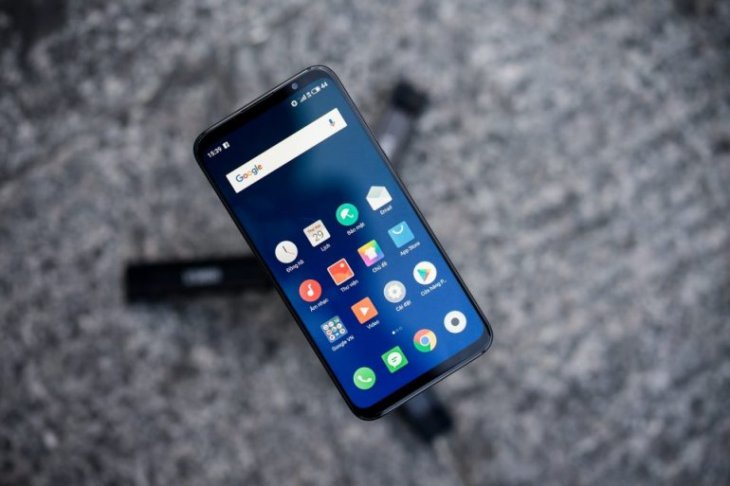
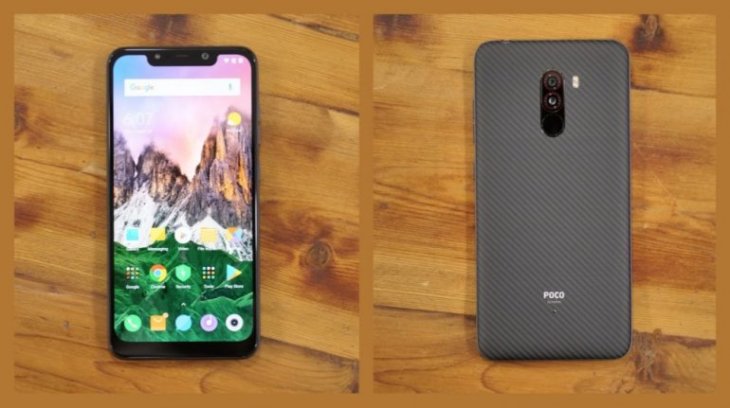
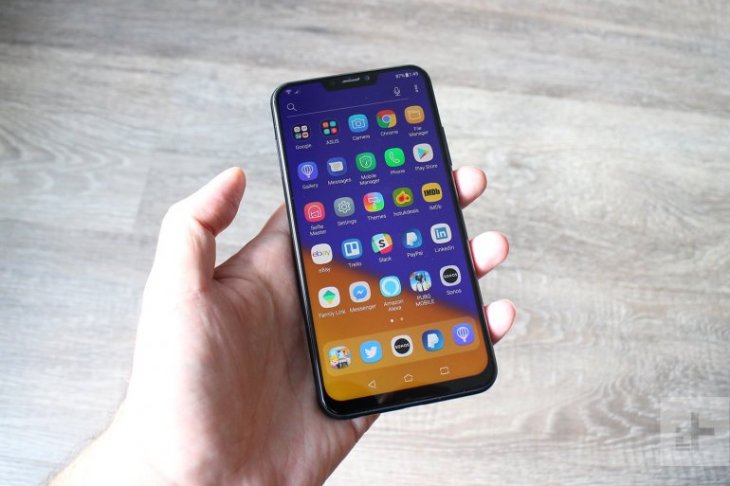
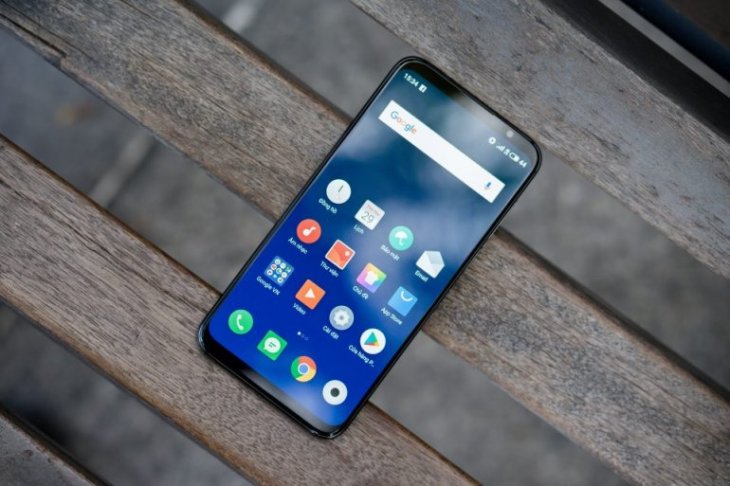
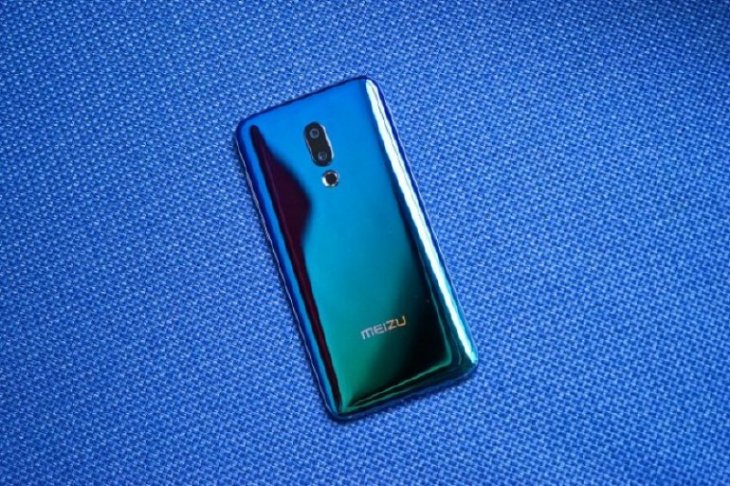
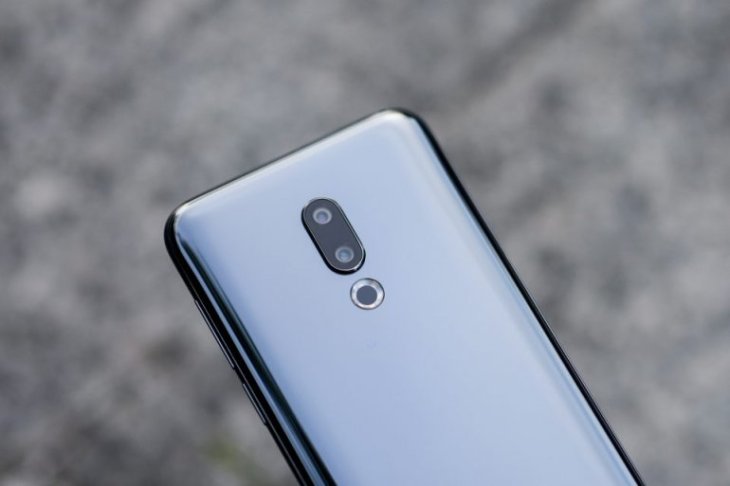
Comments
Sort by Newest | Popular